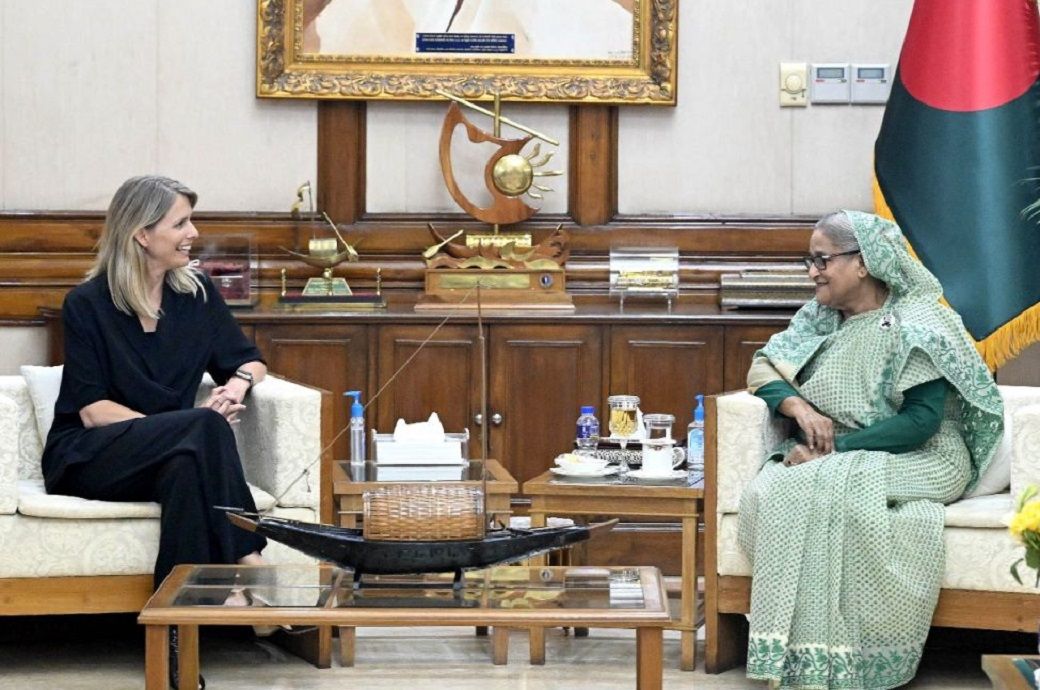
Since H&M Group partnered with its first Bangladeshi suppliers in 1982, the country has become one of H&M Group’s largest production countries. The group’s production office in Dhaka, with a local team of 500 people, maintains a continuous dialogue with local suppliers and partners. The meeting between Helmersson and the Prime Minister brings an important opportunity to further exchange views on the development of the garment industry and to discuss challenges and opportunities moving forward, H&M Group said in a press release.
At the centre of the conversation is the transformation of the garment industry to become more circular and how to advance the transformation of the Bangladeshi renewable energy market with systemic solutions, with mechanisms such as corporate power purchase agreements to increase the generation of renewable electricity in the garment industry. In addition, Helmersson met the state minister of foreign affairs to discuss the future development of the garment industry in Bangladesh and what reforms could support the competitive position of Bangladesh as a sourcing destination going forward, amidst changing legislations in many countries.
As part of the visit to Dhaka, Helmersson also met Faruque Hassan, president of the BGMEA, to establish a joint partnership towards a circular and climate neutral garment sector in the country. Through an MoU, H&M Group and the BGMEA will work together to advance the agenda on these areas of critical importance.
“As strong partnerships and clear industry-wide policies are key, we are grateful to have this dialogue with local stakeholders, in particular the government of Bangladesh and the Prime Minister. While we as a company have made good progress towards our goal to achieve net-zero by 2040, we need to work together to overcome industry-wide challenges. By joining forces, we can put the topic of circularity and decarbonisation on top of the industry agenda,” said Helmersson.
Fibre2Fashion News Desk (NB)